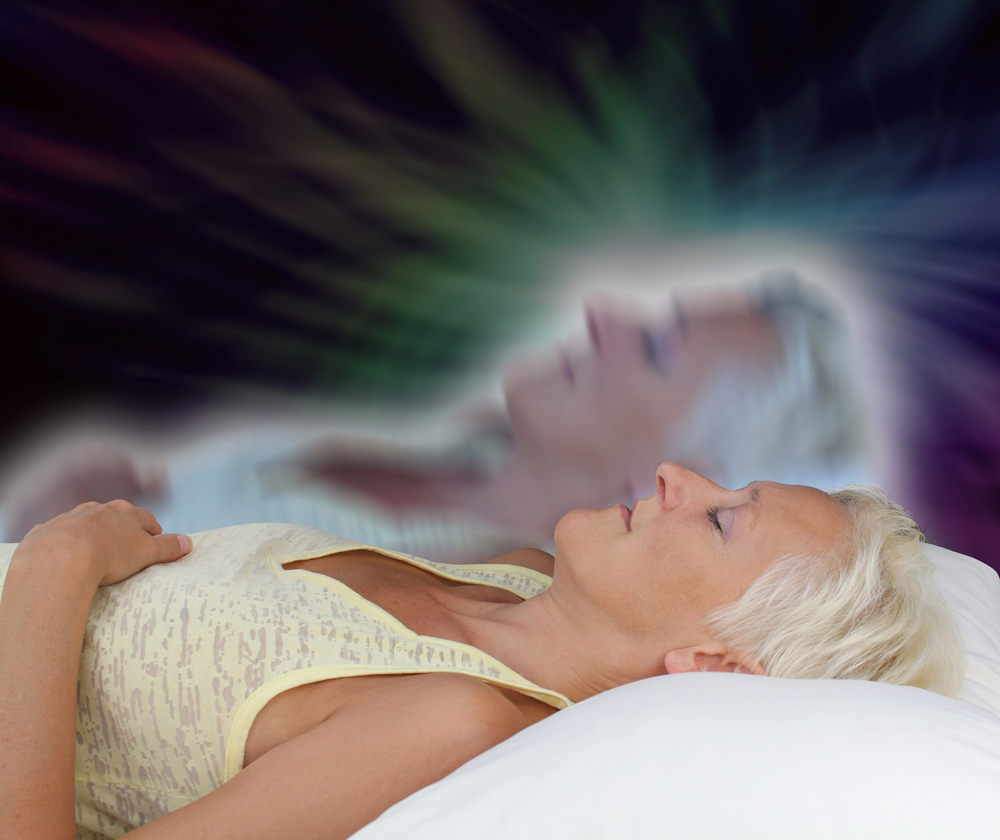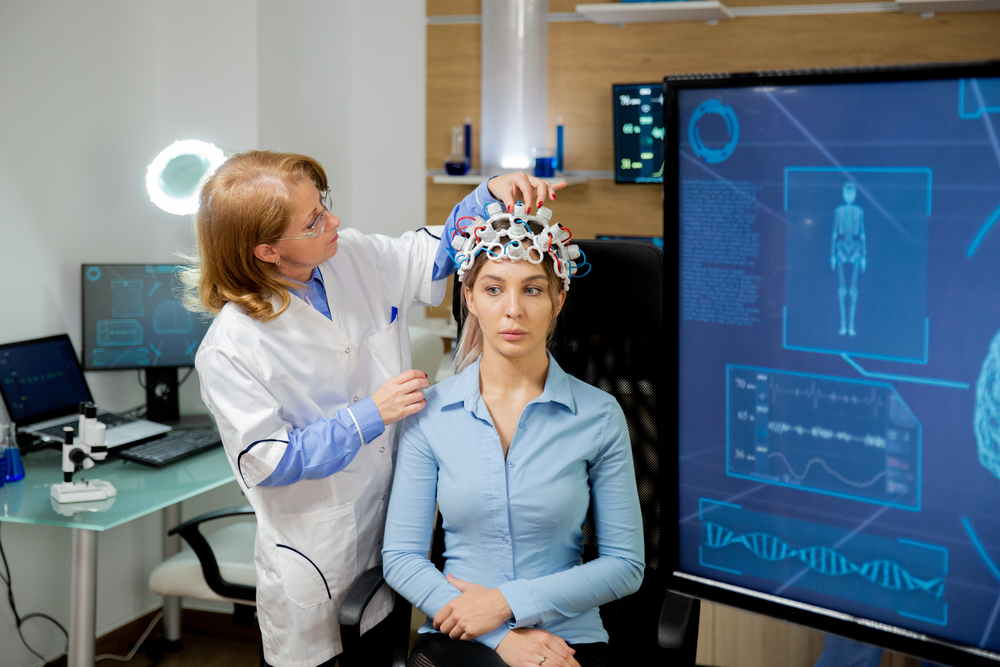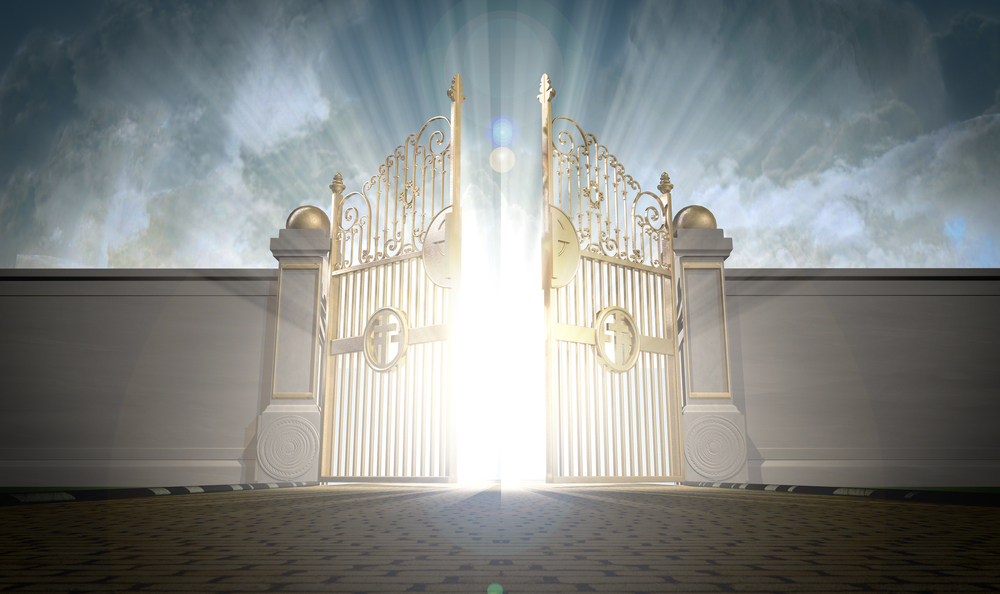
“passing is not the opposite of life, but a part of it,” Haruki Murakami once wrote. But despite all its certainty, what comes next after our last breath is still one of humanity’s greatest mysteries. Throughout history and cultures, individuals have told rich experiences beyond the threshold accounts of light, tunnels, and meeting up with deceased relatives. But over the past few decades, science has started to investigate these phenomena with equipment able to monitor brain waves, monitor consciousness, and even restore life hours after it’s believed lost.

This emerging tide of research doesn’t merely investigate the physiology of dying it’s challenging established convictions concerning where exactly the line between existence and demise really is. From radical resuscitation experiments to quantum models of consciousness, scientists are discovering hints that will redefine our understanding of the consciousness beyond biological function. Here are seven of the most intriguing results from the frontiers of life, final moments, and possibly beyond.

1. The Brain’s Bizarre Spike Following the Heart’s Stop
Research at the University of Michigan and NYU Langone has discovered that in the few moments before and after passing, the brain can experience a short, high-frequency burst of gamma waves the type typically associated with acute awareness and memory processing. In a few instances, this activity was captured minutes after the cessation of the heart. Neuroscientist Jimo Borjigin noted that in terminal patients, such a surge typically occurred in areas associated with sight, empathy, and out-of-body feelings, suggesting a potential biological origin of near-passing experiences (NDEs). Although it is not possible to determine what the patients saw, the incidence and severity of these surges indicate the brain could go into a hyper-lucid mode as life ebbs away.

2. Near‑Passing Experiences Have Dramatic Common Themes
In thousands of recorded cases, NDEs tend to have some common features: out-of-body experience, passage through a tunnel toward light, encountering deceased loved ones, and experiencing a panoramic life review. Dr. Sam Parnia’s multi‑hospital AWARE and AWARE‑II studies estimated that approximately 15–20% of cardiac arrest survivors reported having such experiences, and occasionally with verifiable information on what they saw while undergoing resuscitation. These reports are so similar that scientists now call them “recalled experiences of passing,” highlighting their distinct characteristics from dreams or hallucinations.

3. Science of Resuscitation Is Redefining passing
Breakthroughs in critical care are showing that passing is more a process than a single instant. Dr. Parnia points out that cells and even brain tissue can survive for hours after the heart has stopped. In a 2019 Yale study, researchers revived cellular function in pig brains for up to 14 hours after passing with the help of a preservative chemical solution. This defies the long‑standing assumption that brain damage is irreparable in minutes, and provokes deep questions about how long consciousness may remain in some form following clinical passing.

4. Quantum Theories Provide a Radical Explanation for Consciousness
Nobel laureate physicist Sir Roger Penrose and anesthesiologist Stuart Hameroff’s Orch OR theory proposes that consciousness emerges from quantum calculations in tiny brain structures known as microtubules. Recent experiments, such as an August 2024 rat study demonstrating microtubule‑stabilizing medications extended awareness under anesthesia, add credence to the notion that our minds might function partially within the quantum world. If true, Penrose contends, consciousness may not be extinguished at passing but may exist on in some form beyond the body, perhaps influencing the fabric of the universe.

5. Culture Shapes the Afterlife We See
Harvard Divinity School and cross-cultural NDE research indicate that although the fundamental structure of NDEs is universal across the globe, the imagery tends to be typical of the experiencer’s beliefs. Western experiences involve tunnels of light most frequently, whereas other cultures experience landscapes, gods, or ancestors consistent with their belief systems. This mixture of universal patterns and subjective symbolism indicates that if consciousness survives passing, it will perhaps pass through both biology and culture.

6. Not All NDEs Are Euphoric
While most near-passing experiences are serene or euphoric, in one Belgian study, around 14% reported disturbing experiences ranging from disturbing perceptions to meetings with unsettling experiences. These more sinister stories are usually underreported because of stigma, yet they undermine the belief that the final moments brain always generates reassuring images. Other researchers, such as neurologist Daniel Kondziella, suggest that NDEs can be an evolved adaptive process, similar to “playing dead” in other animals, which can account for both positive and negative forms.

7. Belief in an Afterlife Can Affect Mental Health
A study of grieving older spouses using a longitudinal design discovered that those who were assured of a positive afterlife had lower levels of depression, anger, and intrusive thoughts at 18 months post-loss. But uncertainty or pessimistic thoughts regarding the afterlife correlated with increased distress. Psychologists warn that whereas solacing beliefs can facilitate coping, they can also extend longing if they inhibit adaptation to life without the deceased. This highlights how our beliefs regarding end-of-life can influence our experience of living.

Science hasn’t unravelled the secret of what occurs after end-of-life, but it’s evident that the line between life and end-of-life is more multifaceted than previously imagined. Whether consciousness is a transient neural flash, quantum activity, or something nonbodily altogether, these findings encourage us to reconsider our assumptions. While investigating end-of-life, we might also gain further insights into what it is to be living.


